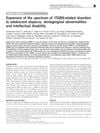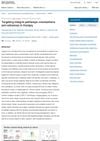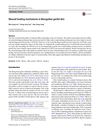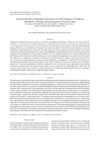The ITGB6 Gene: Its Role in Experimental and Clinical Biology
November 2019
in “
Gene
”
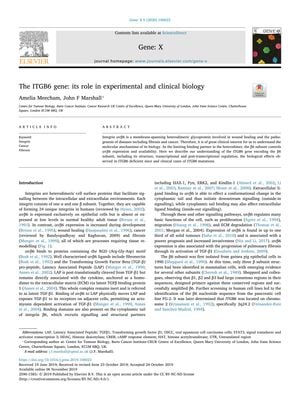
TLDR The ITGB6 gene is important for tissue repair and hair growth, and mutations can lead to enamel defects and other health issues.
The document reviewed the ITGB6 gene, which is responsible for encoding the β6 subunit of the integrin avβ6, a protein that plays a significant role in processes such as wound healing, fibrosis, and cancer. The gene is regulated both transcriptionally by factors like STAT3 and C/EBPa, and post-transcriptionally by eIF4E. Studies on Itgb6 knockout mice revealed that while the gene is important for human tissue repair, these mice generally develop normally but show moderate inflammation and temporary baldness in neonates, suggesting a role in hair follicle regeneration. Clinically, ITGB6 mutations have been linked to conditions like enamel malformations and amelogenesis imperfecta, with the first case being a 7-year-old girl with enamel malformations. Other cases included a large deletion in the 2q24 region causing respiratory issues and a homozygous missense mutation in a Pakistani family associated with alopecia, intellectual disabilities, and amelogenesis imperfecta symptoms. The document concludes that more research is needed to fully understand the regulation of ß6 protein expression and the range of clinical manifestations of ITGB6 mutations.
